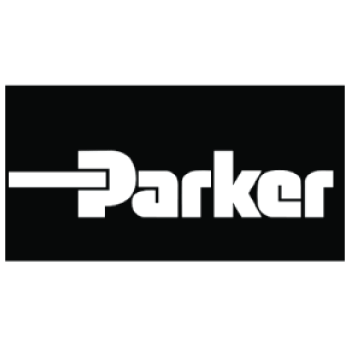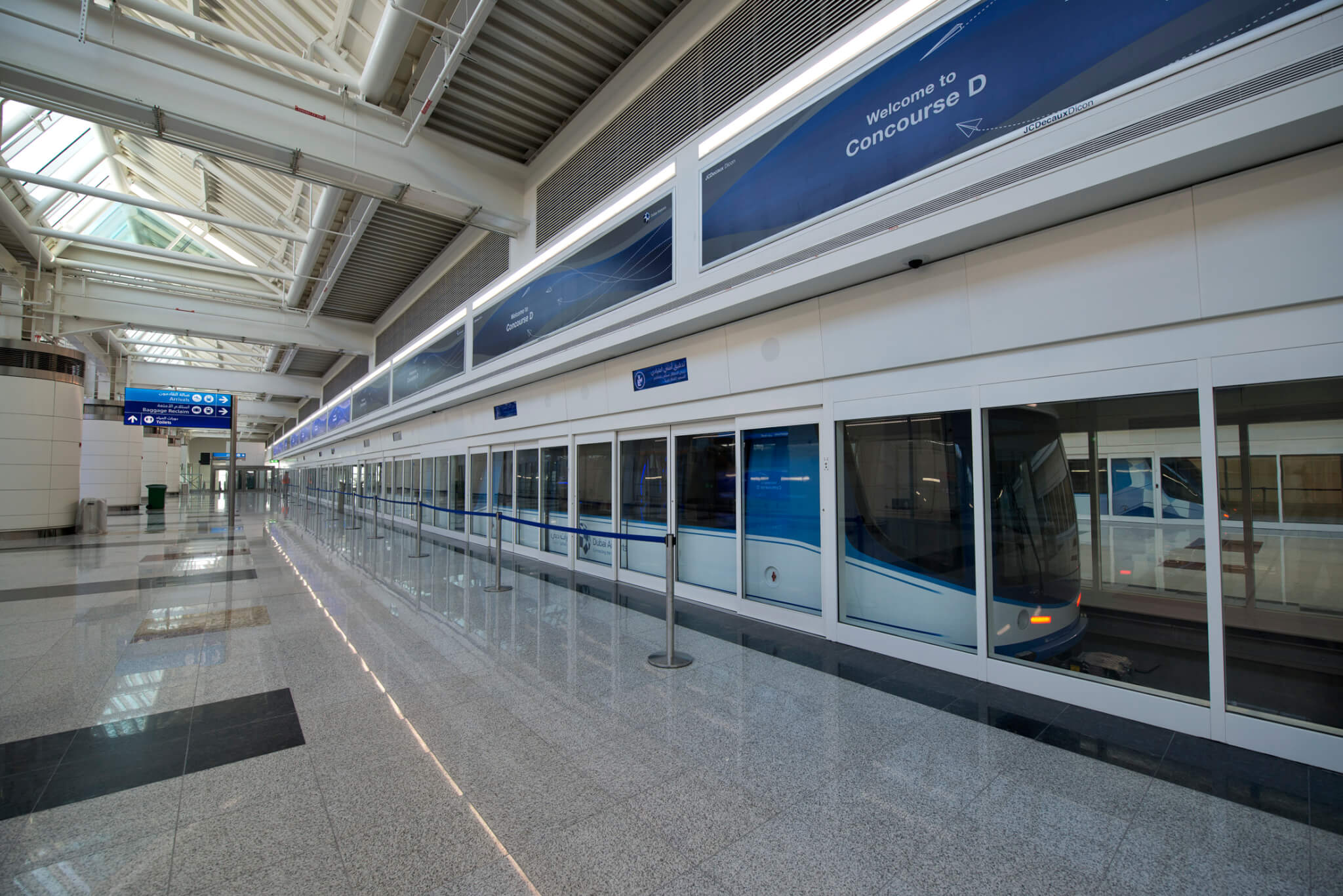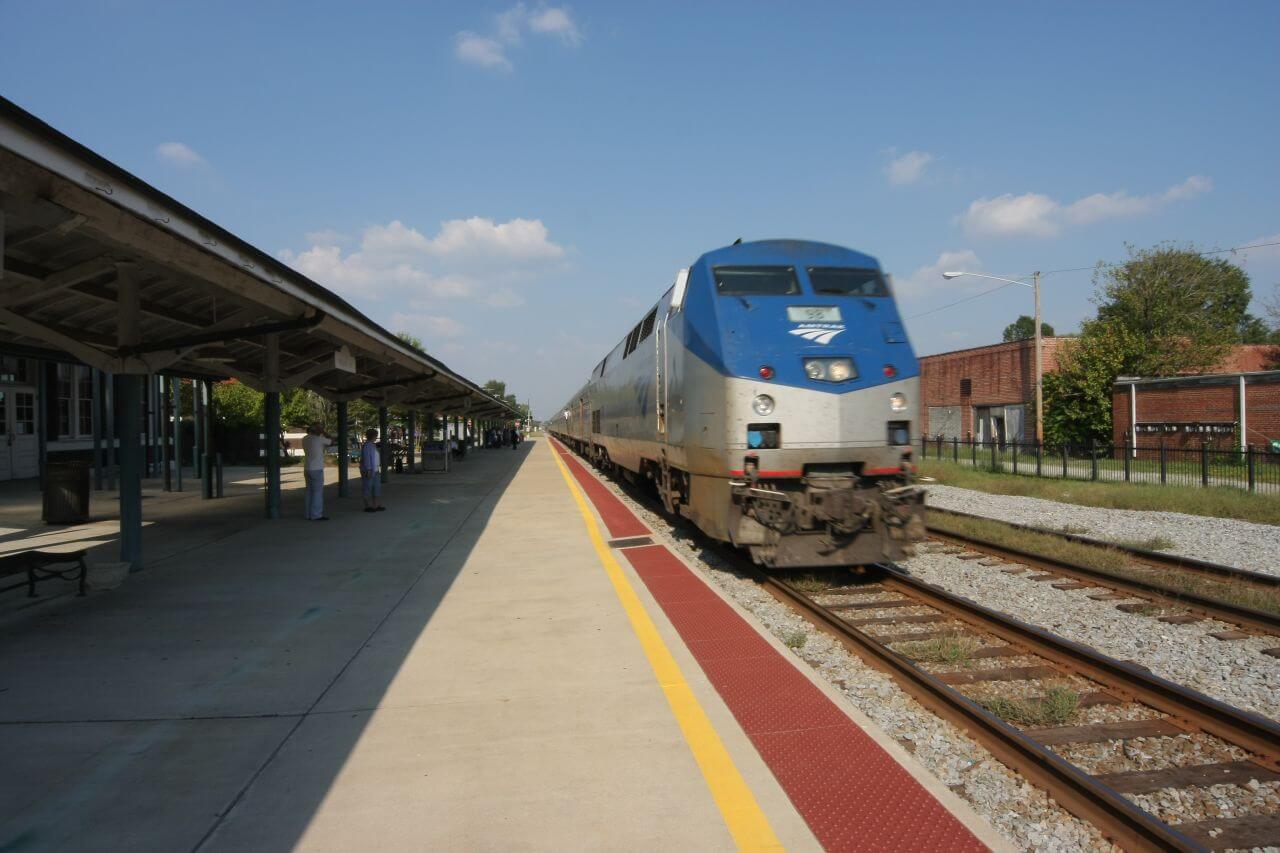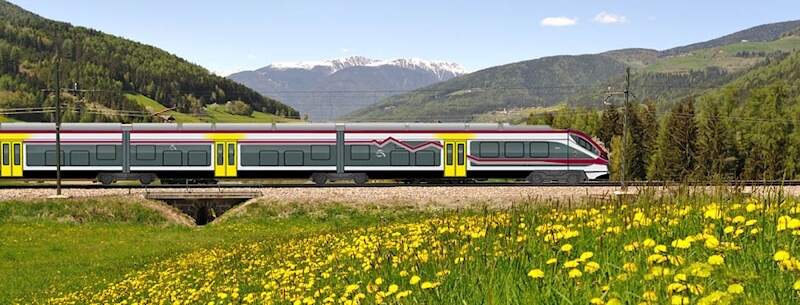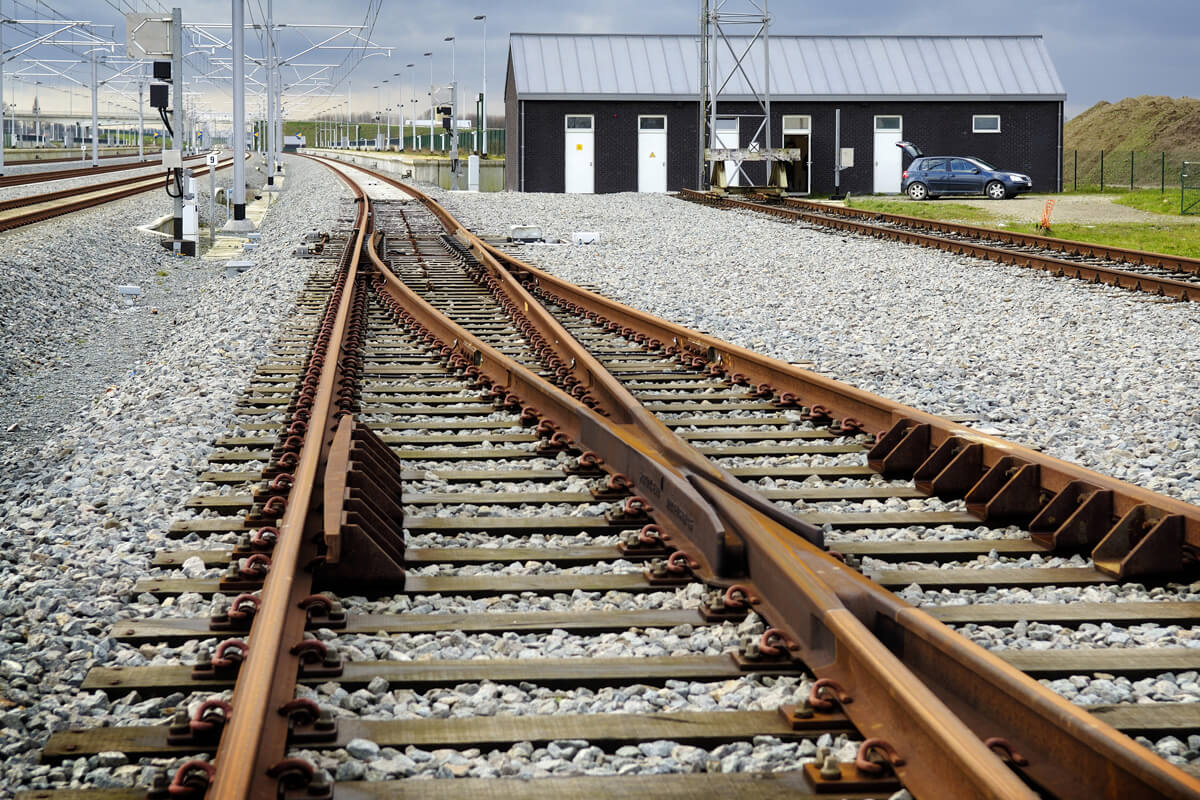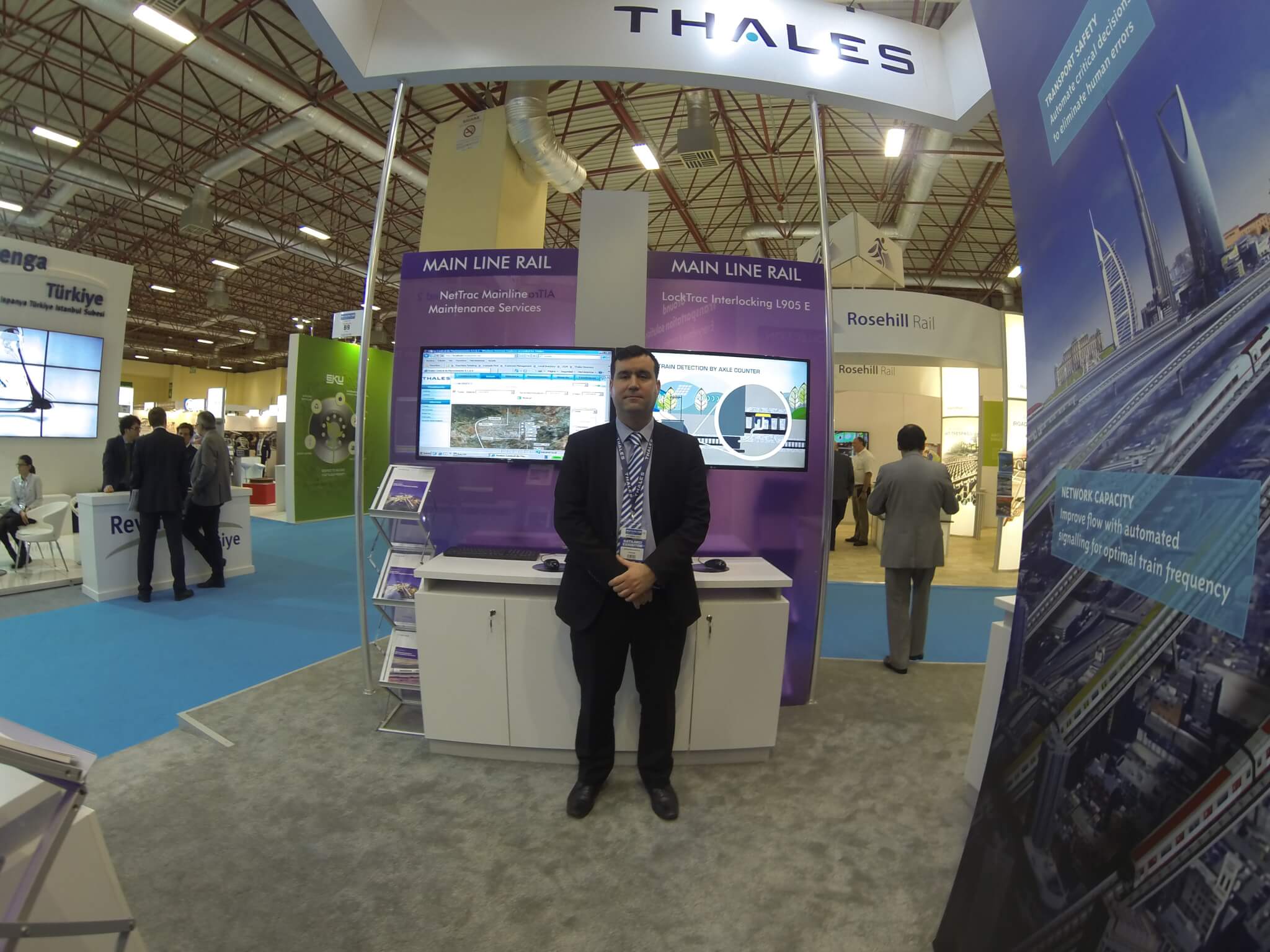Modern railway vehicles whether passenger or freight train, Metro car, track maintenance or tram, are constantly expected to operate reliably and often in some of the most challenging conditions. Indeed, it is crucial that these machines withstand extreme temperatures, attacks from aggressive contaminants as well as enduring severe shock and vibration; hence it is a fundamental design prerequisite to ensure the engineering technology selected is robust, dependable and delivers long lasting reliability.
In addition, as transport operators are always looking for ways to make their fleets as energy efficient and cost effective as possible, these systems and components also need to be compact, lightweight, simple to install and easy to maintain.
Creating the optimised balance to achieve these challenges is no mean feat; however one proven technology option is pneumatics. Indeed, pneumatics is widely used in the Rail sector, offering considerable operator benefits. More specifically, the latest modular systems have been engineered to minimise interconnections thus reducing leak paths and energy wastage. The design of these modular systems also addresses the ever reducing space envelope, footprint and weight restrictions that systems are subjected to while at the same time providing extended maintenance intervals, this even applies to equipment that has to withstand extreme temperatures, shock and vibration. Taking a modular approach to designing pneumatic systems also delivers the benefit of reducing product acquisition cost, with a single supplier being responsible for design, assembly, test and supply, all of which result in reduced procurement and logistics costs.
Parker Hannifin Extensive Pneumatics Range
One real world example is that of pneumatically driven internal door systems. These can be supplied incorporating all of the necessary sub components, such as pressure regulation and filtration, generic door cylinders with extended cushioning, automatic function control panel, sensing valve for obstacle detection and various external components. With lighter, compact designs now a possibility; more automation can be deployed throughout the vehicle to ensure a safe and comfortable passenger experience in the most efficient way.
It is, however, important to consider taking a holistic approach to re-engineering complete systems, by exploring the many ways they can be improved, in order to realise the full benefits. In particular, working with a turnkey solutions partner can assist you in finding new and more efficient ways of designing entire existing systems, ranging from the control of pantographs and door systems through to couplings on rolling rail Perhaps most importantly, using pneumatic components that can withstand extremes of temperature, shock and vibration will provide a safe and reliable service, whilst enabling you to considerably reduce both installation and life cycle costs.

